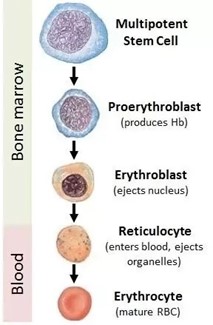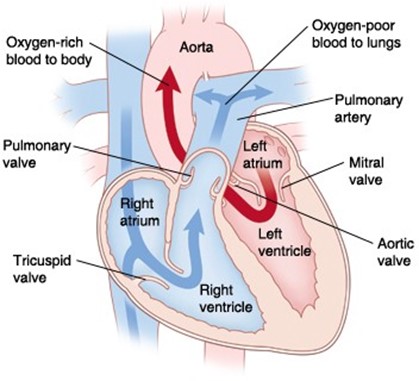Compared to the nervous system, the endocrine system:
Is not essential to life.
Takes only seconds.
May have a longer-lasting effect.
Does not use receptors.
The Correct Answer is C
The endocrine system may have a longer-lasting effect than the nervous system because the hormones it produces can circulate in the bloodstream for a long time and affect many organs and tissues.
The nervous system, on the other hand, uses nerve impulses and neurotransmitters for communication, which are faster but more short-lived.
Choice A is wrong because the endocrine system is essential to life.
It regulates many vital functions such as metabolism, growth, reproduction, mood, sleep, and blood pressure.
Choice B is wrong because the endocrine system takes longer than the nervous system to deliver its messages.
The hormones have to travel through the bloodstream to reach their target cells, while the nerve impulses can travel along the nerve fibers at high speeds.
Choice D is wrong because the endocrine system does use receptors.
The hormones bind to specific receptors on the target cells to trigger a response.
Nursing Test Bank
Naxlex Comprehensive Predictor Exams
Related Questions
Correct Answer is A
Explanation
Red blood cells do not contain a large nucleus; in fact, they do not contain a nucleus at all when they are mature.
This is an adaptation that allows them to carry more hemoglobin, the protein that binds oxygen, and to squeeze through narrow capillaries.
Choice B is wrong because it contradicts the fact that red blood cells are enucleated (lacking a nucleus) in humans and most mammals.
Some vertebrates, such as birds and fish, have nucleated red blood cells, but they are not thick near the center and thin around the rim of the cell.

Correct Answer is A
Explanation

This is the correct sequence of parts through which blood moves from the vena cava to the lungs.
Choice B is wrong because it reverses the order of the right atrium and right ventricle. Blood flows from the right atrium to the right ventricle, not the other way around.
Choice C is wrong because it switches the positions of the tricuspid valve and the pulmonary valve.
Blood flows from the right atrium through the tricuspid valve to the right ventricle, and then through the pulmonary valve to the pulmonary artery.
Choice D is wrong because it also switches the positions of the tricuspid valve and the pulmonary valve, and reverses the order of the right atrium and right ventricle.
Blood flows from the right atrium through the tricuspid valve to the right ventricle, and then through the pulmonary valve to the pulmonary artery.
The normal range of blood pressure in the vena cava is about 0 to 5 mmHg, while in the pulmonary artery, it is about 15 to 25 mmHg.
The normal range of oxygen saturation in the vena cava is about 60% to 80%, while in the pulmonary vein, it is about 95% to 100%.
Whether you are a student looking to ace your exams or a practicing nurse seeking to enhance your expertise , our nursing education contents will empower you with the confidence and competence to make a difference in the lives of patients and become a respected leader in the healthcare field.
Visit Naxlex, invest in your future and unlock endless possibilities with our unparalleled nursing education contents today
Report Wrong Answer on the Current Question
Do you disagree with the answer? If yes, what is your expected answer? Explain.
Kindly be descriptive with the issue you are facing.
